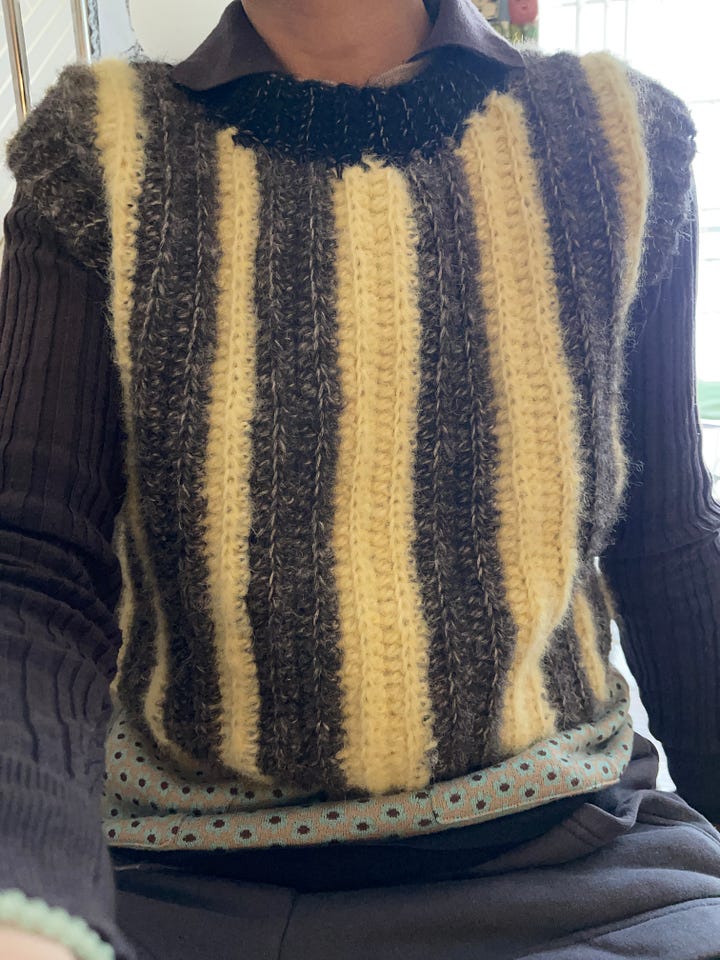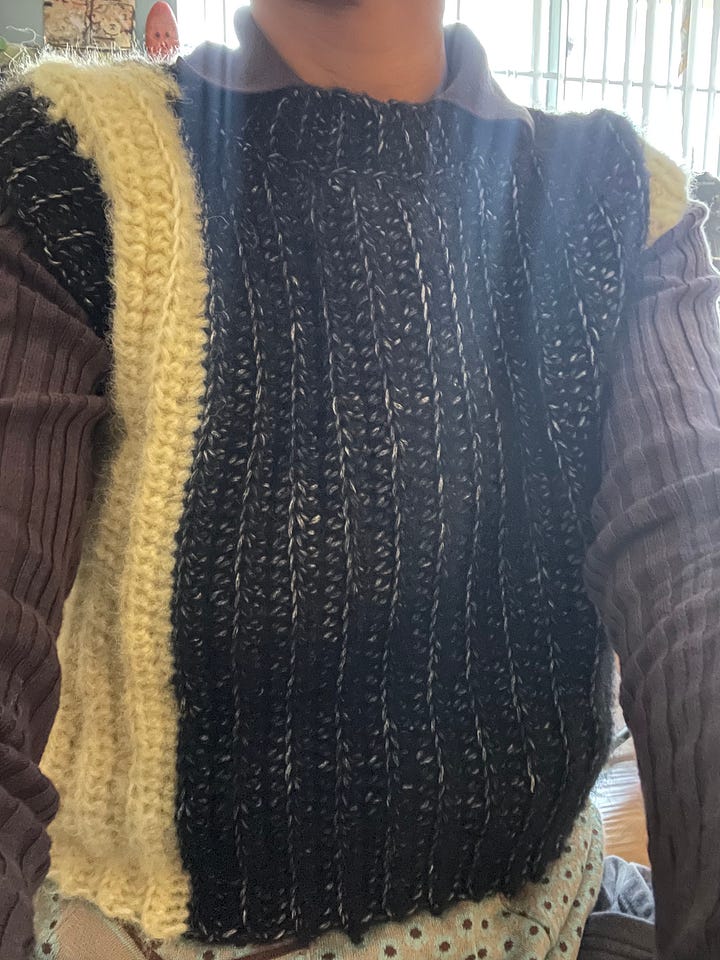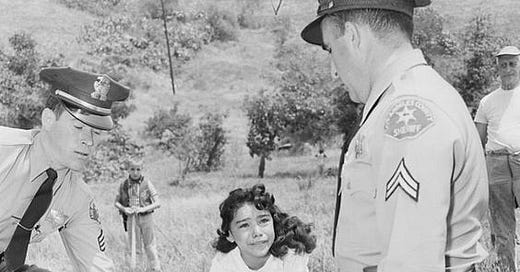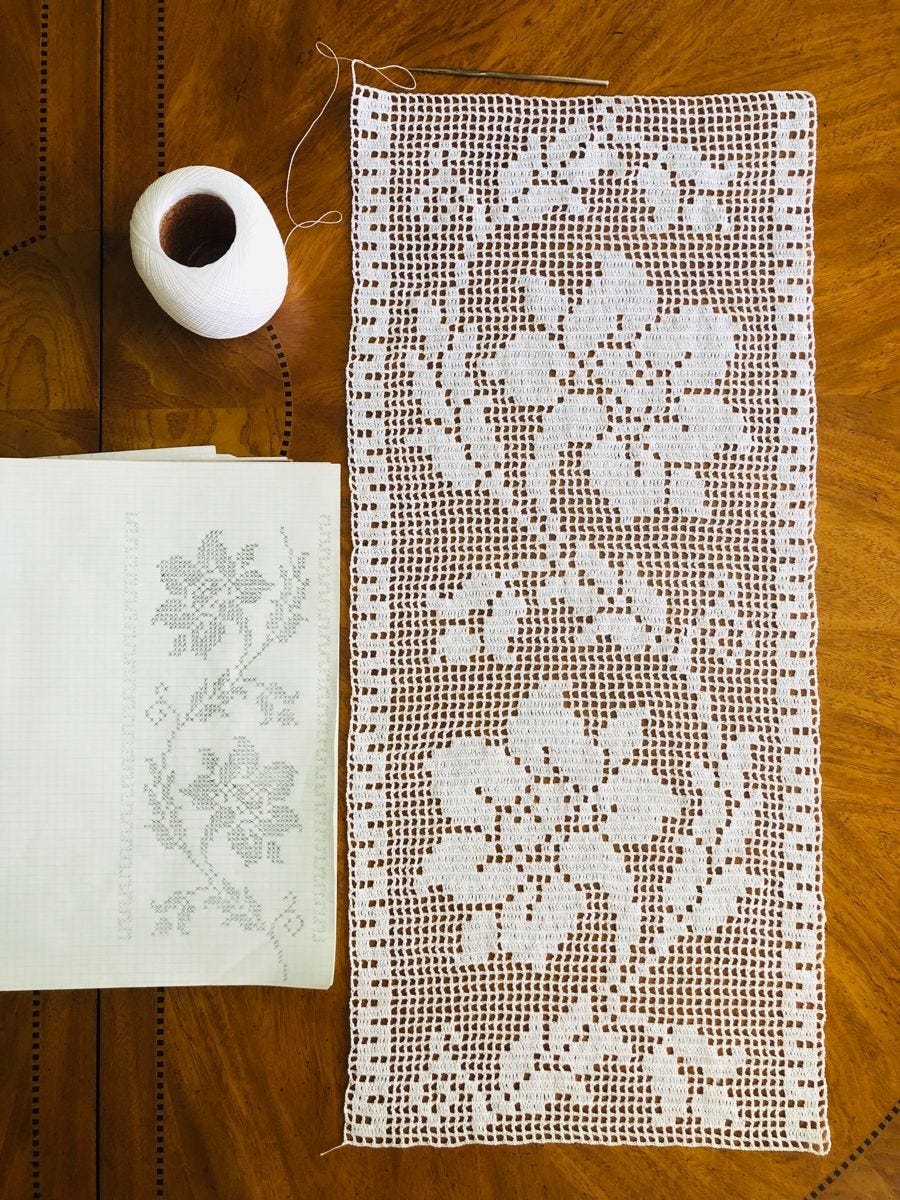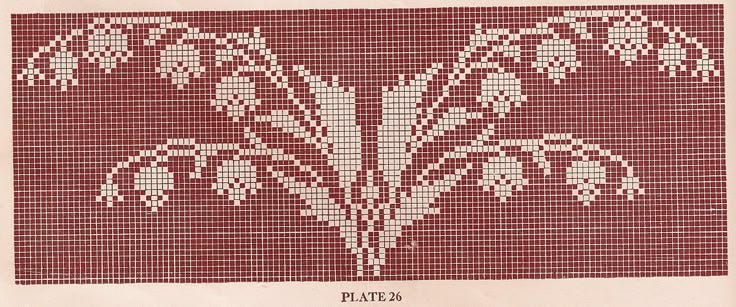Hello!
I can’t help but feel hopeful now that the sun shines for longer in the day and spring foods begin to make their appearance at markets. In an effort to be kinder to myself, I’d like to be more mindful of certain things I forget to do, like cooking more intentionally.
As an exercise in staying connected to the world, lately I’ve been going outside to enjoy walks and places in or around my neighborhood. Naturally, my eye wanders to the people around me, and perhaps I sneak a peek at what they’re wearing because I’m curious as to what people may choose to wear for their day. I live in a predominantly Latin/e neighborhood, and the clothes I see are mostly what someone in the fashion world would call basic or casual wear. It serves a function, but there’s also a pleasing quality to it. It feels comfortable. Take for instance a neighborhood like Echo Park (along Sunset Blvd) or Fairfax District (along Melrose Ave.) where you’ll see Chanel bags, baggy Urban Outfitters pants, thrifted tops, and the occasional color blocking. People there want to simultaneously experiment and adhere to trends. It’s a bit hectic, but also exciting–but also annoying.
In El Sereno, though, it’s more about the symbols that you wear to indicate your affiliation. Take for instance, the Dodger symbolism–ever present in the Latine imagination and neighborhoods scattered throughout Los Angeles. For Latine people, “los doyers” (a spanish pronunciation of Dodgers) has become a recognizable symbol of nostalgia, family gatherings, and pride. I’ve seen taco stands and homes donning a Dodger flag, Dodger merch at discount variety stores and bargain mom and pop shops, and people wearing their blue and white uniform jerseys. The chokehold the Dodgers have on the Latine community has been documented in articles because it’s pervasive, and it continues in spite of the overshadowed and complicated history of displacement.
In the 1950s, the city government deemed the Chavez Ravine area (today, what you would call the north part of Echo Park) as blighted, warning more than 1,000 residents they would evict them to make room for a large public housing project. Blighted is a loaded word, with racial implications, describing not only properties as ruined or eyesores, but the people themselves as such. In response, residents resisted eviction, but the government eventually was able to seize their property for public use under eminent domain. In 1957, the city abandoned the housing project for a deal with the Dodgers to build a modern stadium.
So how did the Dodgers become so emblematic in Latin culture when it was a white sports game and born out of a legacy of racism and displacement? Well, as an underrepresented group, Latin Americans in Los Angeles began to see positive representation through the sports game with Latin players like Fernando Valenzuela rising up through the Dodger ranks in the 80s. His superstardom connected with a starved part of the Latin community, one that received validation and fed their desire for progress and success. You can call it a parasocial community-wide relationship that has been fed throughout the years with different Latin American players, nostalgia for family gatherings, and city pride.
I don’t think I’ll ever understand the connection the Latine community has with the Dodgers–after all, I did not grow up watching or going to Dodger games–but I think it offers a glimpse into the role assimilation insidiously plays in the Latine community. As influxes of immigrants from Latin America arrived to the US through the last century, there has been a push and pull with adopting a homogenous American culture and cementing a new Latin identity. In the 1940s, Chicanos embraced a mixed identity, one that, for instance, celebrated the mixing and manipulation of English with Spanish words. Today, we continue to strive for ways of defining ourselves as children of immigrants or as descendants of immigrants in stolen land. It is clear that for many in the Latine community, the white, blue, and LA logo communicate a sense of identity as a proud Angeleno, Latino, and American. By wearing the uniform of the players, Latine people have accepted their membership into the American game, as players waiting on the bench for their turn at the bat. But as the current regime continues to remind us everyday, assimilation does not equal acceptance or protection (i.e. both undocumented and documented Latine immigrants targeted by unconstitutional executive orders and ICE). Instead, assimilation often leads to the acceptance and adoption of capitalism and its methods.
The Latine community has both embraced “Los Doyers” and the American game, but at what cost? At a community meeting held earlier this year to review plans for a gondola project that would move across Chinatown to the Dodger Stadium, I noticed vocal supporters for the project showed up with their blue and white Dodger jerseys and baseball caps. Those concerned over the project were mainly residents of Chinatown, Elysian Park, and surrounding neighborhoods, who would have to deal with a gondola flying over their homes and place of business, on top of the disruption the construction of the project would cause. In talking to a Latina who seemed to be very supportive of the project, I realized that she had no stake in the project other than she was a fan of the team and didn’t like the traffic caused by the games. In exchange for a blue and white uniform, have Latine lost those memories of people in the Chavez Ravine ready to resist and denounce displacement? Is it now all just part of the Latine lore in LA?
Crochet projects for spring
Sundays tend to be my crochet days and in an ambitious endeavor to level up my skills, I am taking up a different kind of crochet project: filet crochet.
If you’re not familiar with this form of crochet, think doilies and dainty mesh. This type of crochet works best with lace weight yarn to give your project that Victorian/Edwardian delicate look. For hours, I searched through Etsy for a magical animal motif and pattern that would give me that antique edge, but I couldn’t quite find a pattern I loved. Making my own pattern (of a maltese) proved to be more difficult than I thought. So, I ended up searching for a pattern book online until I found this one. I’m excited to play with color filet crochet, since I have not seen this so much on Pinterest or Etsy. Filet crochet is supposed to be easy once you get the hang of spacing, because it uses basic stitches like single crochet and double crochet. I’m ready to reenter my grandma era!
This past week, I finished a reversible sweater vest (you can wear it forwards or backwards).
